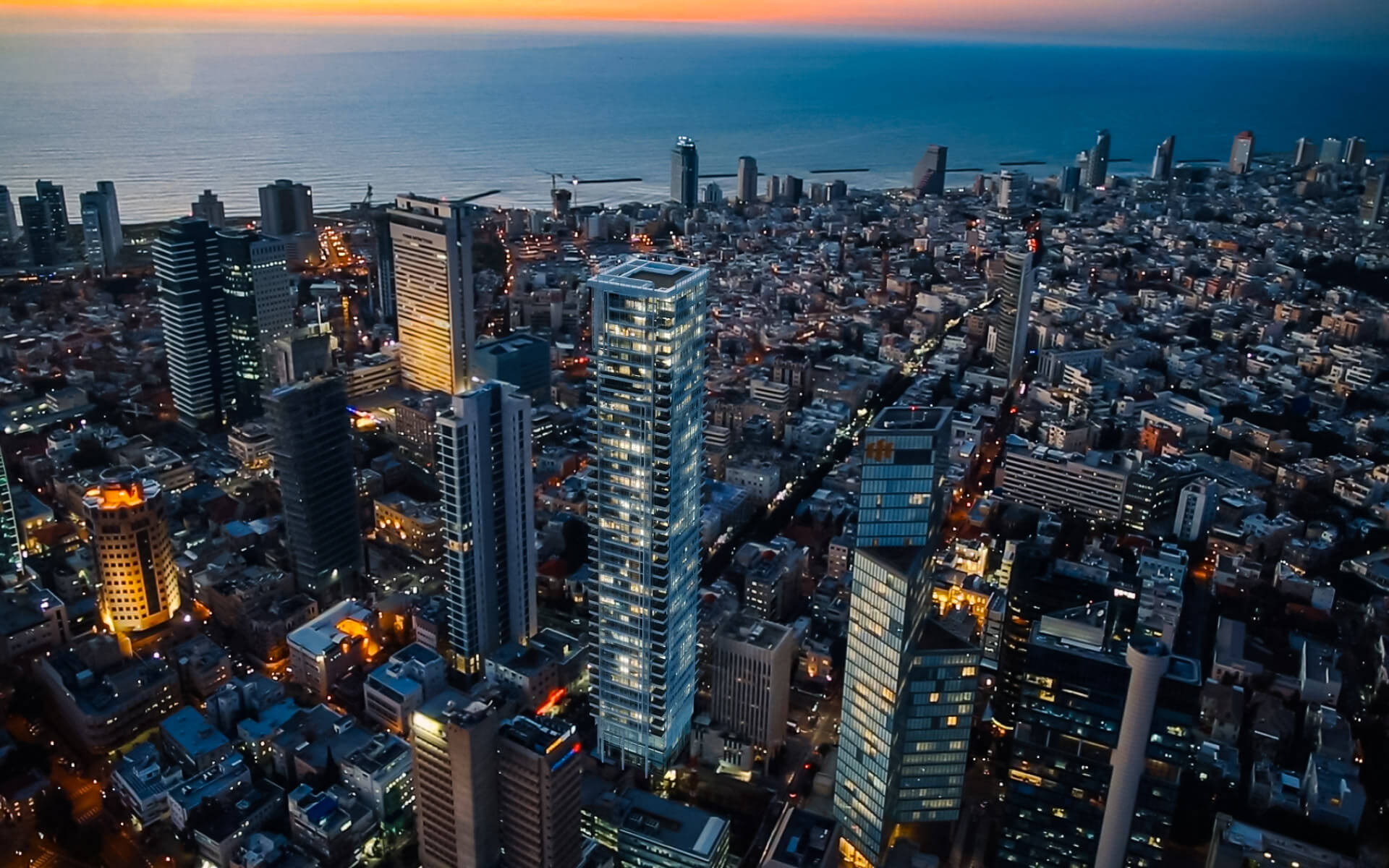Tel Aviv is a large city in Israel, the second-most populated city under Israeli government administration after Jerusalem. Tel Aviv, located on the Mediterranean coast in central-west Israel, has a city population of 426,138 people. The city serves as the focal center of the wider Tel Aviv Metropolitan Area, which is home to about 3.7 million people, accounting for 42 percent of the country’s population. Tel Aviv is administered by the Tel Aviv-Yafo municipality, which is led by Ron Huldai, and is home to several international embassies.
The city was built in 1909 on the borders of the old port city of Jaffa (Hebrew: Yafo) by Jewish immigrants. The first neighborhood of the present city, Neve Tzedek, had already been built in 1886. Tel Aviv’s expansion quickly surpassed that of Jaffa, which had a predominantly Arab population at the time, due to immigration of primarily Jewish refugees. In 1950, two years after the founding of the State of Israel, Tel Aviv and Jaffa were united into a single municipality. Tel Aviv’s White City, which was named a UNESCO World Heritage Site in 2003, has the world’s highest concentration of International Style structures (Bauhaus and other related modernist architectural styles).
Tel Aviv is a worldwide metropolis and the world’s twenty-fifth most significant financial hub. Tel Aviv has the third-largest economy in the Middle East, behind Abu Dhabi and Tehran, and the world’s 31st highest cost of living. Every year, approximately a million foreign tourists visit the city. It is known as “The City That Never Sleeps” and the “Party Capital,” and it boasts a vibrant nightlife, a dynamic environment, and a well-known 24-hour culture.


